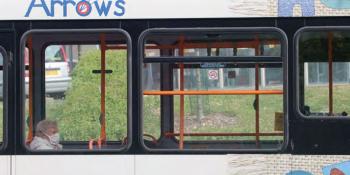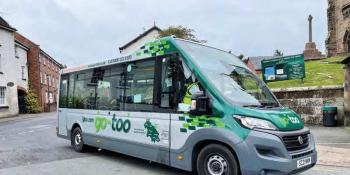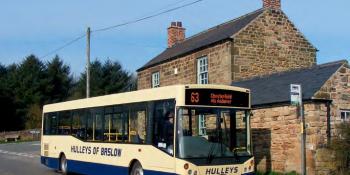GAVIN BOOTH explains how and why Barcelona tore up its bus route network to create a new one geared for modern travel requirements and shaped by the layout of its main streets and avenues rather than where tramcars once ran
When first generation trams disappeared from the streets of Europe’s towns and cities last century, the buses that replaced them often simply followed the routes used by the trams.
Sometimes that worked, but as cities grew and changed there was a growing awareness that significant improvements were needed to reflect different work and leisure patterns.
This was certainly the case in Barcelona, the great Catalonian city nestling in north-east Spain and home to roundly 5million people in the city and its suburbs. The old town, dating back to Roman days, grew from the Mediterranean waterfront into a maze of streets and squares, merging inland with the 19th century eixample with its rigid grid system.
Cutting across the grid pattern, like New York’s Broadway, is the Avinguda Diagonal stretching from the sea to the wealthier suburbs in the west. Much of the city is relatively flat, but rises to the hills of Montjuic and Tibidabo, which form a backdrop to the city.
The shape and layout of …



